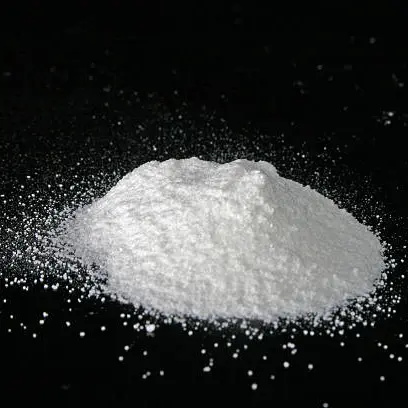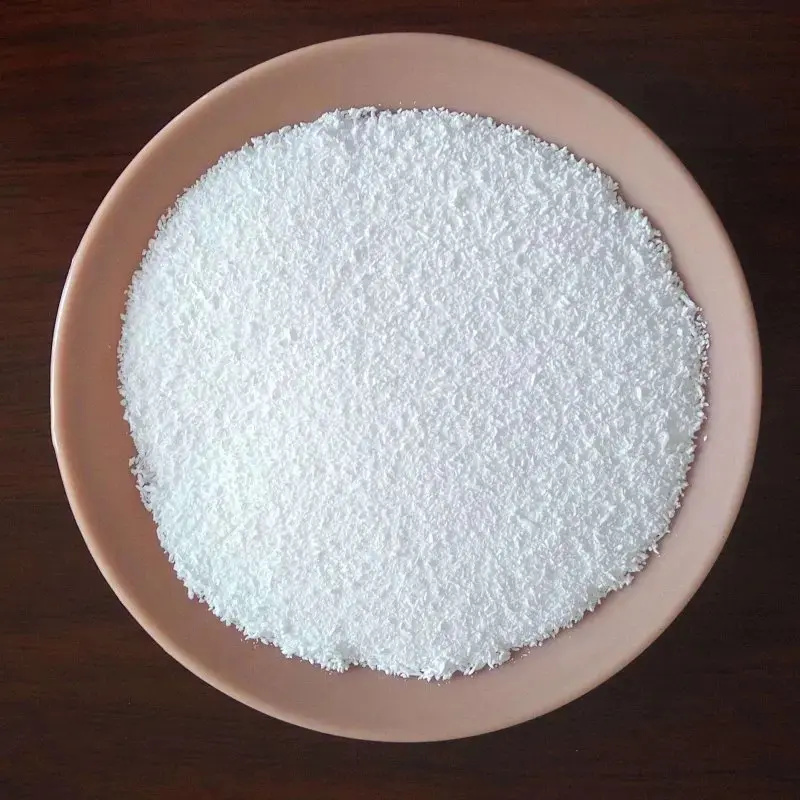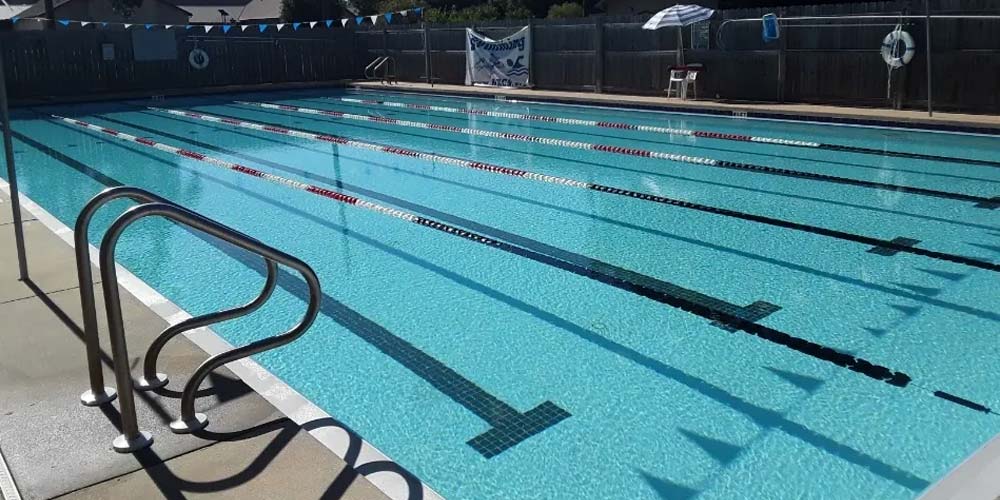Yn yr Unol Daleithiau, mae ansawdd dŵr yn amrywio o ranbarth i ranbarth. O ystyried nodweddion unigryw dŵr mewn gwahanol ranbarthau, rydym yn wynebu heriau unigryw wrth reoli a chynnal a chadw dŵr pyllau nofio. Mae pH dŵr yn chwarae rhan bwysig yn iechyd pobl. Gall pH amhriodol gael rhywfaint o effeithiau andwyol ar groen dynol ac offer pwll nofio. Mae angen rhoi sylw arbennig i pH ansawdd dŵr ac mae angen ei addasu'n weithredol.
Mae gan y rhan fwyaf o rannau o'r Unol Daleithiau gyfanswm alcalinedd uchel, mae gan Arfordir y Dwyrain a'r Gogledd-orllewin gyfanswm alcalinedd isel, ac mae gan y rhan fwyaf o ardaloedd gyfanswm alcalinedd uwchlaw 400. Felly, mae'n bwysig iawn mesur eich pH a chyfanswm alcalinedd eich pwll nofio cyn addasu'r pH. Addaswch eich pH ar ôl i'r alcalinedd gael ei gynnal o fewn yr ystod arferol.
Os yw'r alcalinedd cyfanswm yn isel, mae'r gwerth pH yn dueddol o symud. Os yw'n rhy uchel, bydd addasu'r gwerth pH yn anodd. Felly cyn addasu'r gwerth pH, mae angen profi'r alcalinedd cyfanswm a'i gynnal ar lefel arferol.
Ystod arferol o alcalinedd cyfanswm (60-180ppm)
Ystod pH arferol (7.2-7.8)
I ostwng y gwerth pH, defnyddiwch sodiwm bisulfad (a elwir yn gyffredin yn pH minws). Ar gyfer pwll 1000m³, Wrth gwrs, dyma'r swm a ddefnyddir yn ein pwll ni, a phan fydd angen i chi wneud hyn, mae angen cyfrifo a phrofi'r swm penodol yn ôl capasiti eich pwll a'r gwerth pH cyfredol. Ar ôl i chi bennu'r gymhareb, gallwch reoli ac ychwanegu'n fwy llym.

I ostwng y gwerth pH, defnyddiwch sodiwm bisulfad (a elwir yn gyffredin yn pH minws). Ar gyfer pwll 1000m³, Wrth gwrs, dyma'r swm a ddefnyddir yn ein pwll ni, a phan fydd angen i chi wneud hyn, mae angen cyfrifo a phrofi'r swm penodol yn ôl capasiti eich pwll a'r gwerth pH cyfredol. Ar ôl i chi bennu'r gymhareb, gallwch reoli ac ychwanegu'n fwy llym.

Fodd bynnag, mae'r addasiad hwn yn un dros dro. Yn aml, mae'r gwerth pH yn newid eto o fewn un i ddau ddiwrnod. O ystyried natur ddeinamig y gwerth pH yn y pwll nofio, mae'n hanfodol monitro'r gwerth pH (argymhellir ei fesur bob 2-3 diwrnod). Rhaid i bersonél cynnal a chadw'r pwll brofi'r dŵr yn rheolaidd a defnyddio cemegau priodol i wneud yr addasiadau angenrheidiol. Mae'r dull rhagweithiol hwn yn sicrhau bod y gwerth pH yn aros yn yr ystod orau posibl ac yn darparu amgylchedd diogel a chyfforddus i nofwyr.
Enghraifft
Os oes gen i bwll gyda chynhwysedd storio dŵr o 1000 metr ciwbig, mae'r alcalinedd cyfanswm cyfredol yn 100ppm a'r pH yn 8.0. Nawr mae angen i mi addasu fy pH i'r ystod arferol gan gadw'r alcalinedd cyfanswm yr un fath. Os oes angen i mi addasu i pH o 7.5, yna'r swm o pH minws rwy'n ei ychwanegu yw tua 4.6kg.
Nodyn: Wrth addasu'r gwerth pH, gwnewch yn siŵr eich bod yn defnyddio'r prawf bicer i dorri'r dos yn gywir er mwyn osgoi trafferth diangen.
I nofwyr, mae pH dŵr pwll yn uniongyrchol gysylltiedig ag iechyd nofwyr. Cynnal a chadw pyllau yw ffocws perchnogion ein pyllau. Os oes gennych unrhyw gwestiynau ac anghenion am gemegau pwll, cysylltwch â'rCyflenwr Cemegau Pwll. sales@yuncangchemical.com
Amser postio: Mehefin-27-2024


